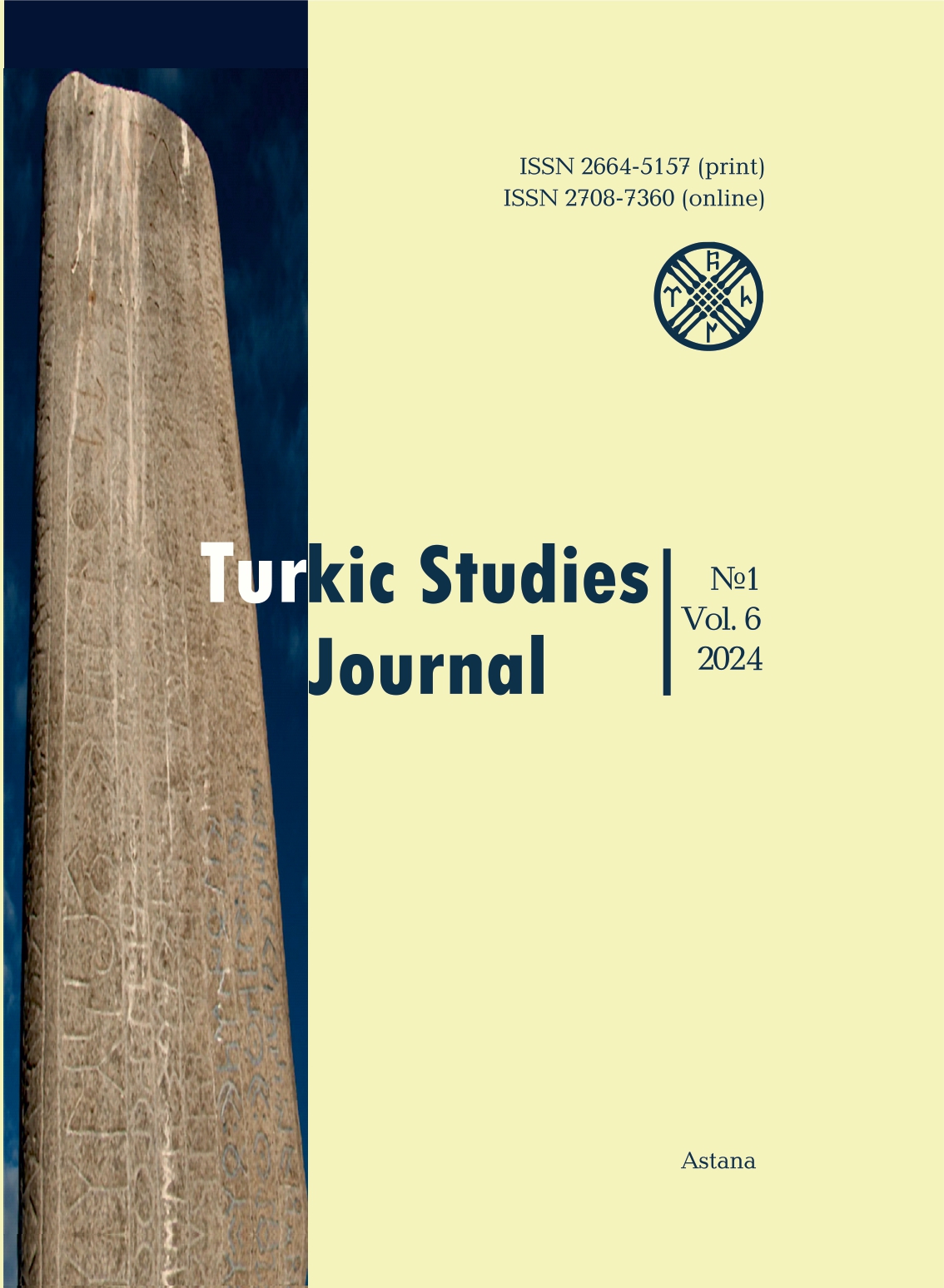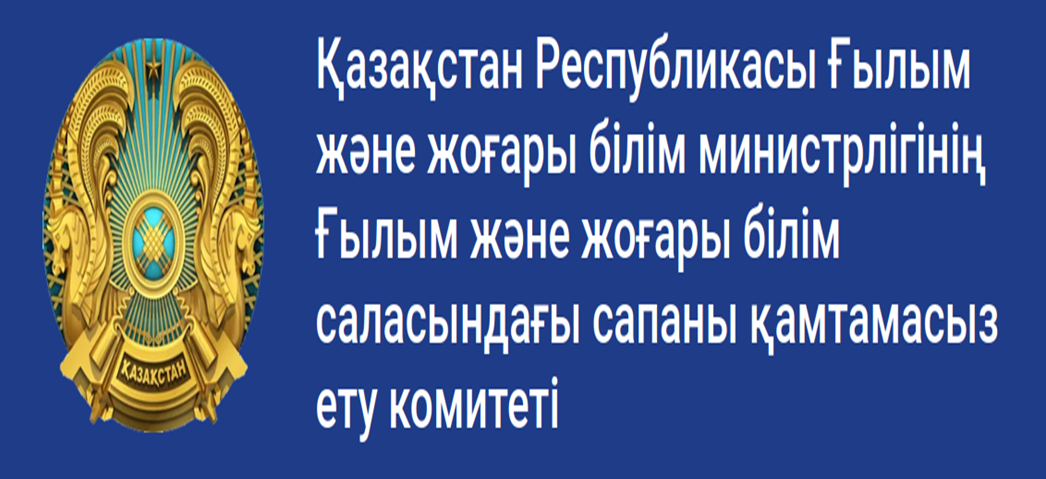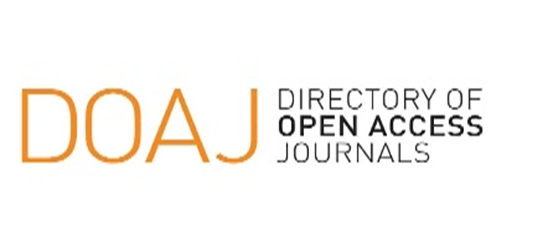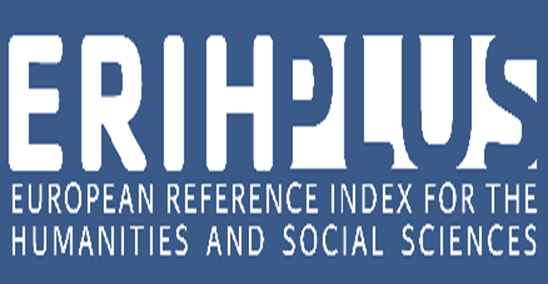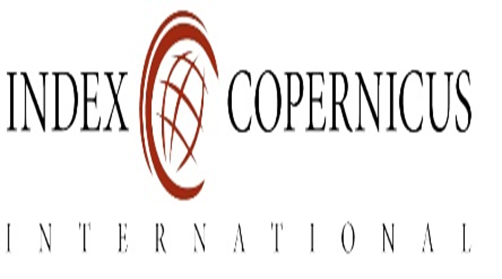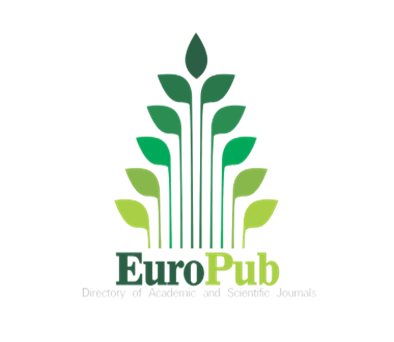Historical significance of the Chinese Emperor’s Edict- Letter to the Kazakh Sultan, preserved in Chinese archives
Views: 461 / PDF downloads: 325
DOI:
https://doi.org/10.32523/2664-5157-2024-1-7-22Keywords:
Kazakh Khanate, the eastern border regions of the Kazakh steppe, the Kazakh leaders, Khanqoja Sultan, The Qin Empire, Qian Long, document, edict-letter, historical significanceAbstract
On the basis of Chinese and other sources, the article considers the Edict- Letter of the Chinese Emperor of the Qing Dynasty to the Kazakh Khanqoja Sultan, the owner of the eastern border regions. According to Kazakh documents, the Kazakh Khans Abylai and Abilpeiz established official ties with the Qing Empire after the destruction of the Dzungars in 1757. Trade fairs were opened in Urumqi in 1758, in 1761 in Yili, and in 1764 in Tarbaghatai, thereby favorable conditions were created for the development of political and economic relations between the two sides. That is confirmed by mutual correspondence contributed to a significant increase of official documents. Most of these documents, preserved in Chinese archives, are letters from Kazakh Khans, which were
delivered through ambassadors to the local administration of the Qing Empire, and then forwarded to the Emperor himself. The analyzed archival document is the Edict-Letter sent by the Qian Long
Emperor to Khanqoja Sultan in 1787. The author of the article, exploring the language of the Chinese Emperor’s Edict-Letter to the Kazakh Sultan, reveals the history of interethnic relations between the countries, as well as the history of the Kazakh Khanate in the XVIII century.
Downloads
Reference
Abdilashim D., 2010a. タルバガタイ参賛大臣宛文語カザフ語文書1種.京都大学『西南アジ ア研 究』. 72. 65-78 頁.
Abdilashim D., 2010b. 18-19 世紀文語カザフ語文書の歴史文献学的研究.京都大学博士 論文. 23.03.10. 178 頁.
Әбділәшім Д., 2009. Қазақ гуны Жошының Тарбағатай амбандарына жазған хаты. Шынжаң
қоғамдық ғылымы. 4. Б. 51-57.
Әбділәшім Д., 2010c. Қазақ ваны Ханқожаның Іле генералына жазған өтініш хатынан бір нұсқа. Шынжаң қоғамдық ғылымы. 3. Б. 26-31.
Әбділәшім Д., 2011. Қазақ ваны Ханқожаның қой саудалау мақсатында Тарбағатай амбанына
жолдаған хаты. Шынжаң қоғамдық ғылымы. 2. Б. 11-17.
Әбділәшім Д., 2016. Қытай бірінші тарихи мұрағатында сақталған қазақша құжаттар.Бейжің:
Ұлттар баспасы. 278 б.
Әбділәшім Д., 2017a. Цяньлун патшаның қазақ ваны Ханқожаға түсірген жарлық хаты (1787).
Шынжаң қоғамдық ғылымы. 3. Б. 54-64.
Әбділәшім Д., 2017b. Цяньлун патшаның қазақ ваны Ханқожаға түсірген жарлық хаты (1790).
Шынжаң университеті ғылыми журналы. 3. Б. 45-55.
Saguchi Toru, 1963. 十八~十九世紀東トルキスタン社会史研究.東京: 吉川弘文館. 755 頁.
Saguchi Toru, 1986. 新疆民族史研究. 東京: 吉川弘文館. 459 頁.
Song Yun, 1965. 松筠(修)《钦定新疆识略》(二)哈萨克世次表条. 台北:文海出 版社.
Hu Zeng-yi, 1994. 胡增益主编《新满汉大词典》. 乌鲁木齐:新疆人民出版社. 1016 页.
Noda Jin & Onuma Takahiro, 2010. A Collection of the Documents from the Kazakh Sultans to the Qing Dynasty (Central Eurasian Research Series, Special Issue 1). Tokyo: Department of Islamic Area
Studies, Center for Evolving Humanities, Graduate School of Humanities and
Sociology, the University of Tokyo. 176 p.
Onuma Takahiro, 2014. 清と中央アジア草原:遊牧民の世界から帝国の辺境へ. 東京大 学出版会. 311 頁.
QXMDH. 2012a. 中国边境史地研究中心与中国第一历史档案馆合编《清代新疆满文档 案汇编》(第 175 册). 桂林:广西示范大学出版社. 447 页.
QXMDH. 2012b. 中国边境史地研究中心与中国第一历史档案馆合编《清代新疆满文档 案汇编》(第 176 册). 桂林:广西示范大学出版社. 449 页.
Tamura, Imanishi, Sato. 1966. 田村実造・今西春秋・佐藤長共編『五体清文鑑訳解』1 巻. 京都: 京 都大学文学部内陸アジア研究所.

